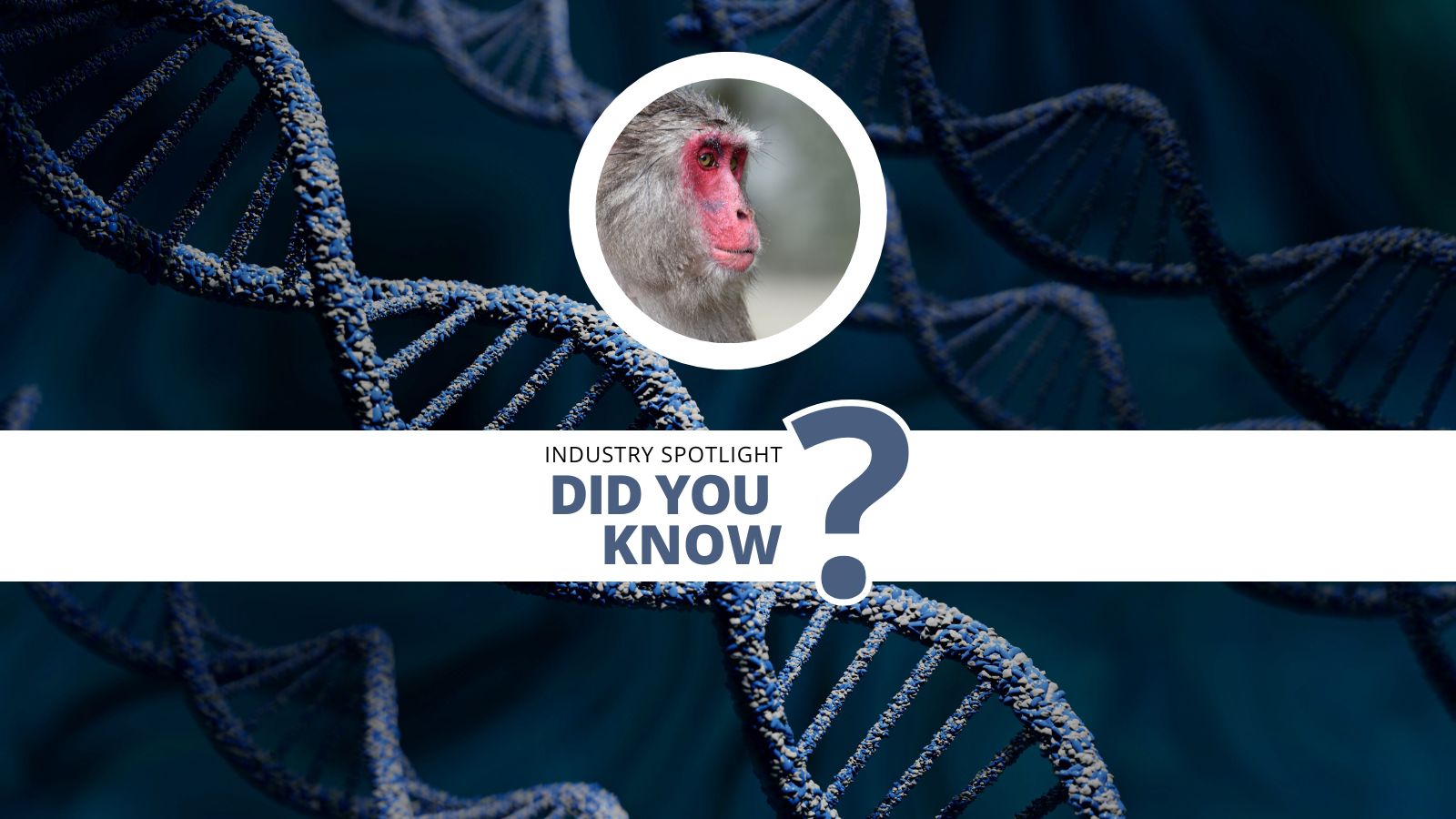New Human Pangenome Capturing More Genomic Diversity Released

A new, high-quality collection of reference human genome sequences has been released which captures substantially more population diversity.
The human pangenome – the latest updated map of all human DNA, which could help to transform medical research – consists of data from 47 people across Africa, Asia, Europe, and the Americas.
The ambition is that it will lead to the development of new drugs and treatments for a much broader range of the population.
Researchers involved in the project hope to increase the number of people involved in the project to 350 by mid-2024, with the aim of reaching 700 distinct genome sequences by the end of the project.
While genome sequences differ slightly among individuals, in the case of humans any two genomes are – on average – more than 99% identical.
The original human genome is almost 20 years old, and has regularly been updated as technology advances and researchers discover more regions of the genome.
However, it was fundamentally limited in its representation of human diversity, consisting of genomes from roughly 20 people with most of the reference sequence coming from just one person.
Adam Phillipy, Senior Investigator in the Computational and Statistical Genomics Branch within NHGRI’s Intramural Research Program, was a co-author of the main study for the human pangeome.
He explained that using a single reference genome sequence for every person on the planet can lead to inequities in genomic analysis, since each person has a unique genome.
“For example, predicting a genetic disease might not work as well for someone whose genome is more different from the reference genome.”
What does the Human Pangenome Mean for Medical Research?
The current reference human genome sequence has gaps that reflect missing information, particularly with regard to areas that were repetitive or hard to read.
Recent advances in DNA sequencing technology, such as long-read sequencing, helped researchers fill in gaps to create the first complete human genome sequence.
Using advanced computational techniques to align various genome sequences, researchers involved in the project constructed a new human pagneome reference.
Each assembly in the human pangenome covers more than 99% of the expected sequence with 99% accuracy or above.
- Looking back on the Human Genome Project
- How is AI reshaping the landscape of genomics?
- Novel genome editing techniques: CRISPR-Cas9 and beyond
It also builds on the previous genome sequence, with over 10 million bases added.
Dr Eric Green, Director of the National Human Genome Research Institute in Bethesda Maryland, said the genomic map had the potential to transform medical research.
“This represents a tremendous scientific achievement,” Green told the BBC.
“A pangenome that better reflects the diversity of the human population will enable scientists to better understand how genetic variation influences health and disease, and move us to a future where genomic medicine benefits everyone.”
Get your weekly dose of industry news and announcements here, or head over to our Omics portal to catch up with the latest advances in spatial analysis and next-gen sequencing.







